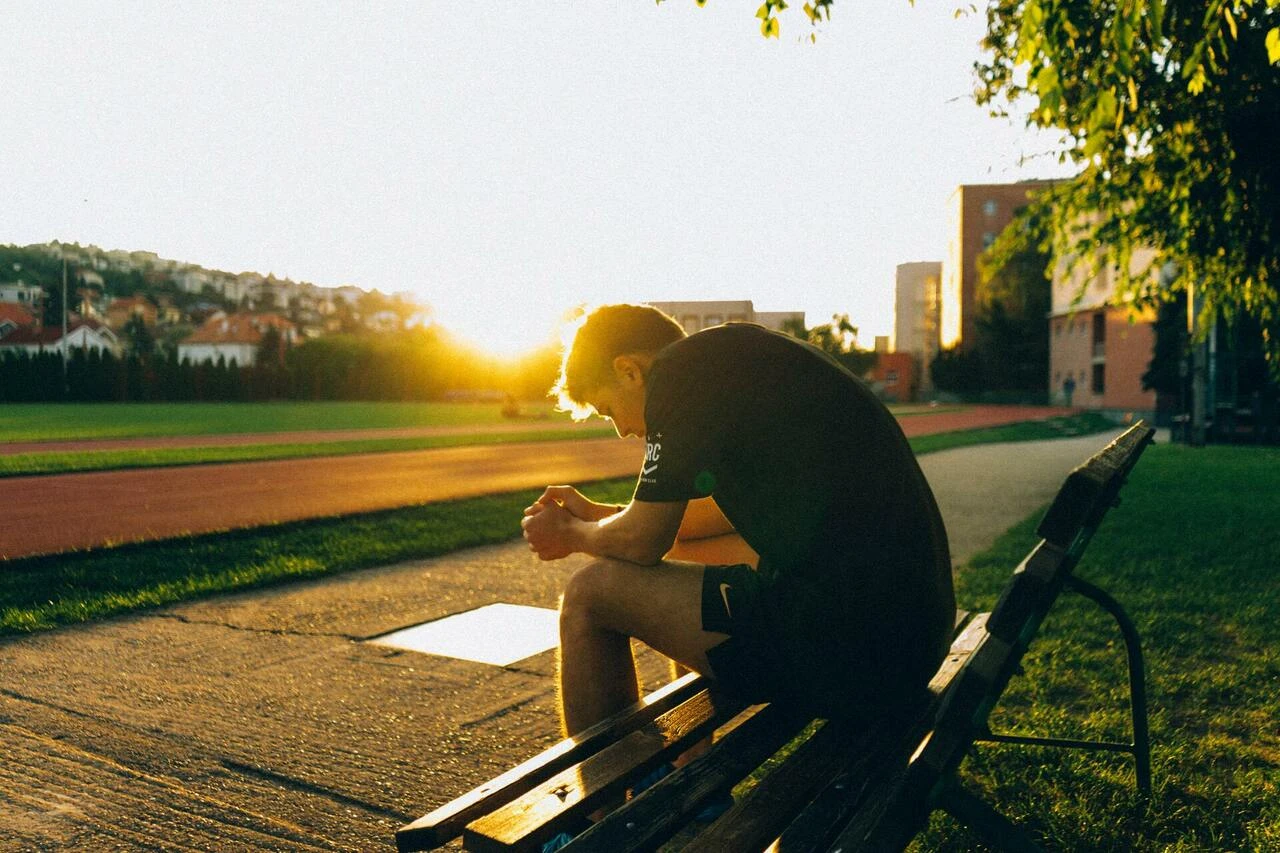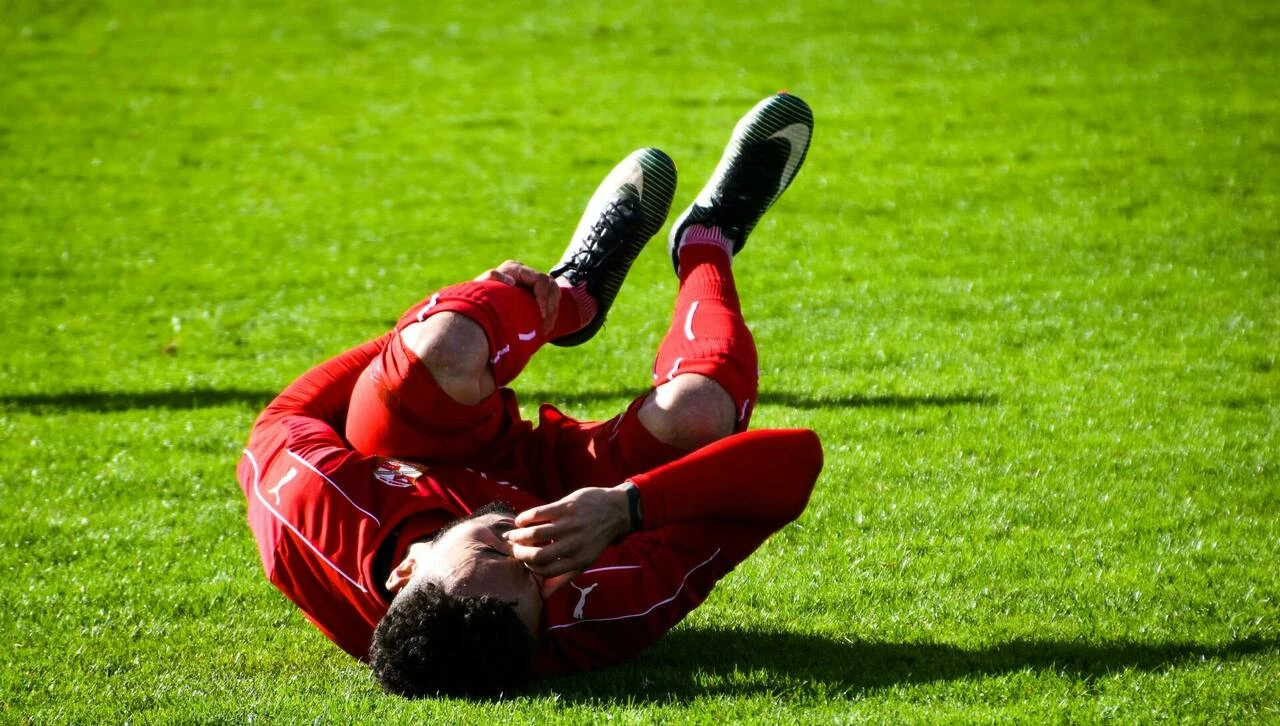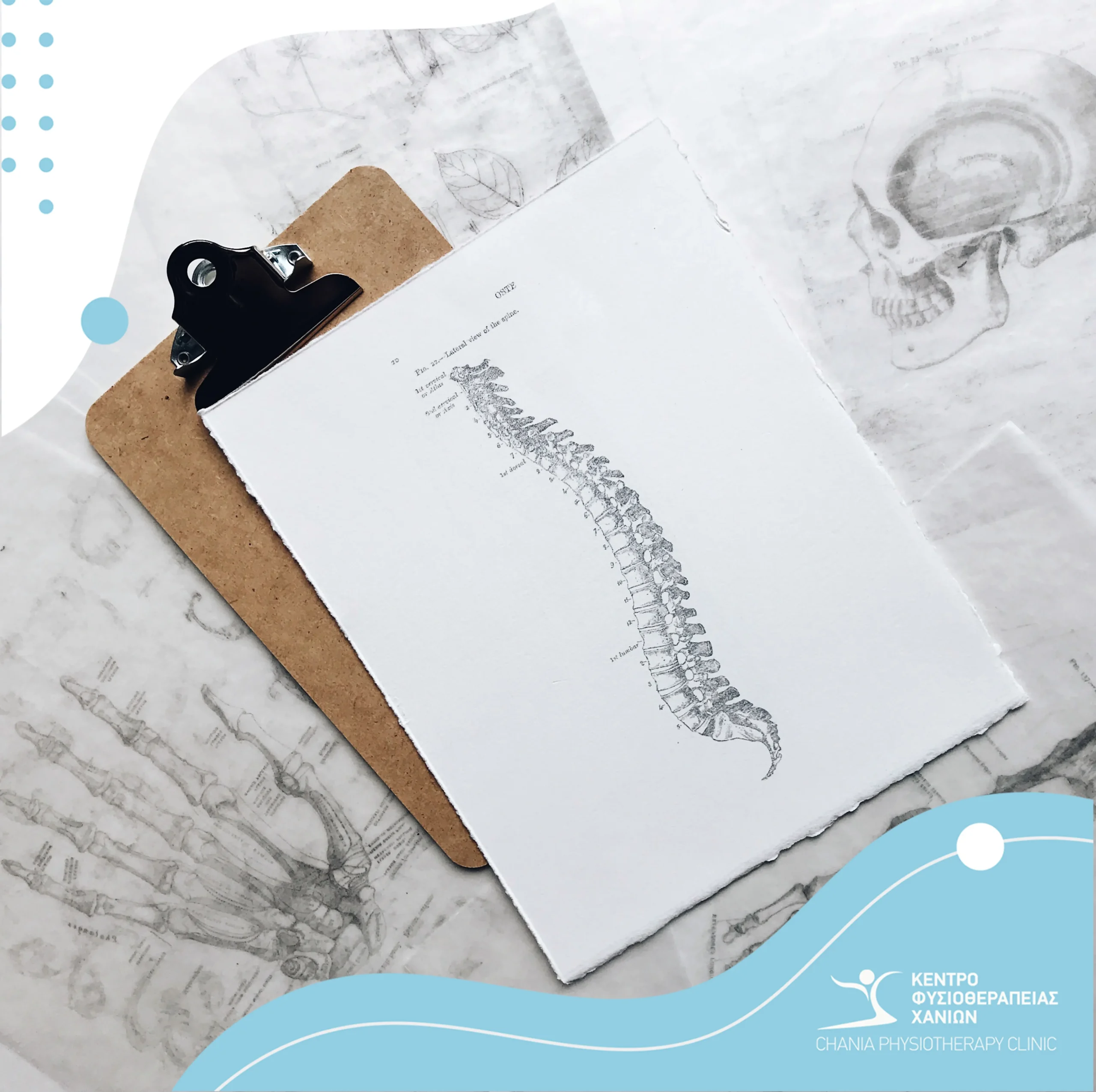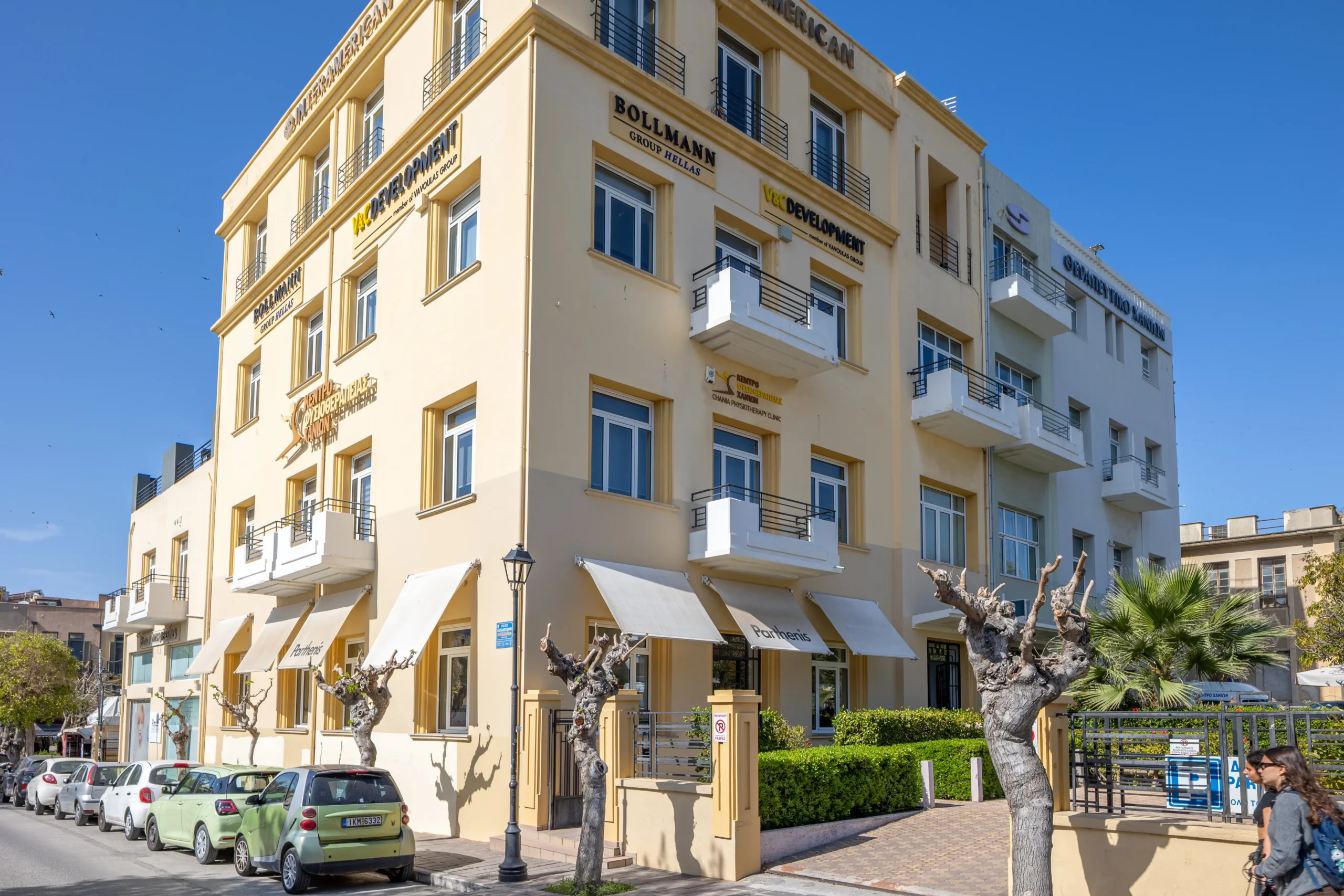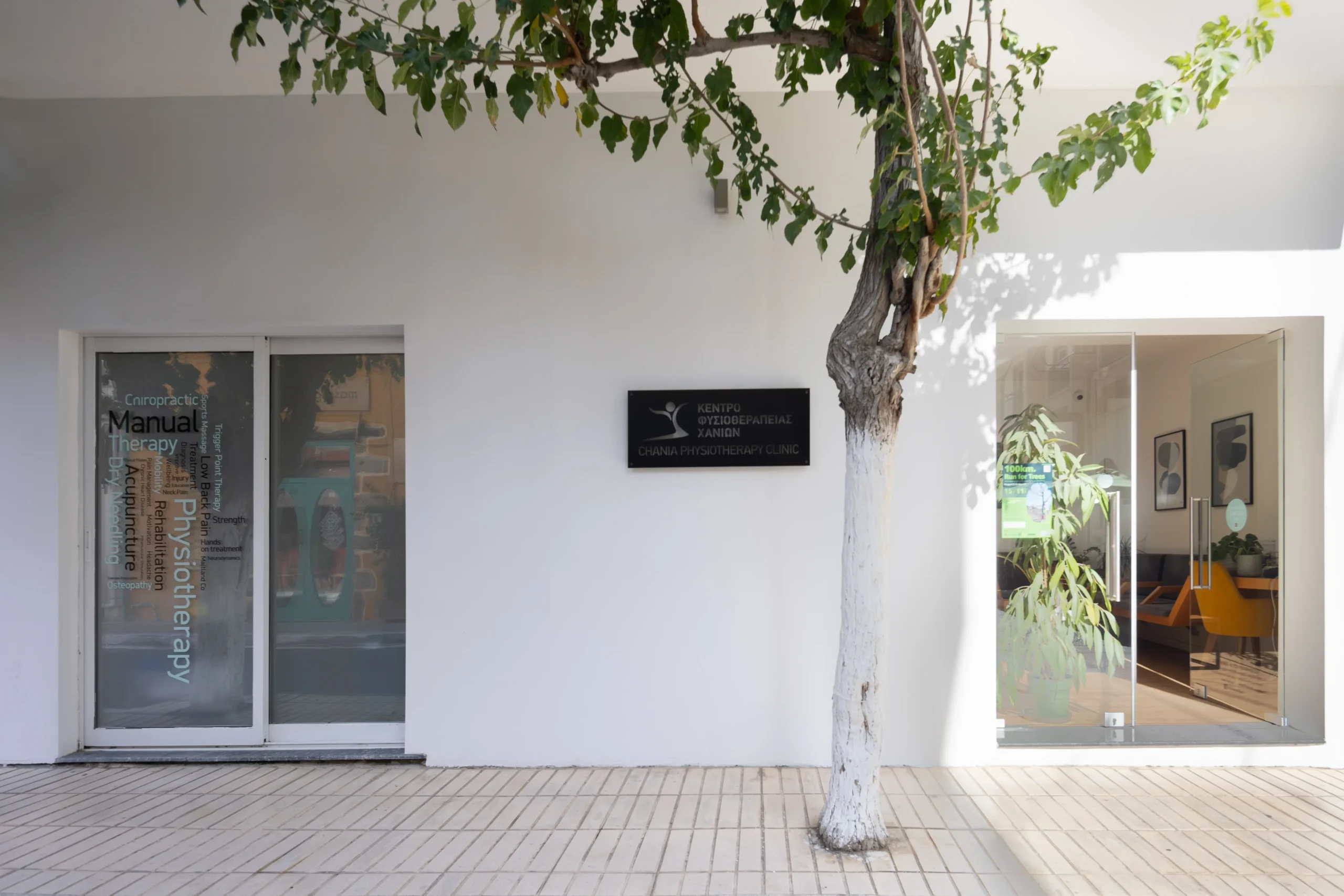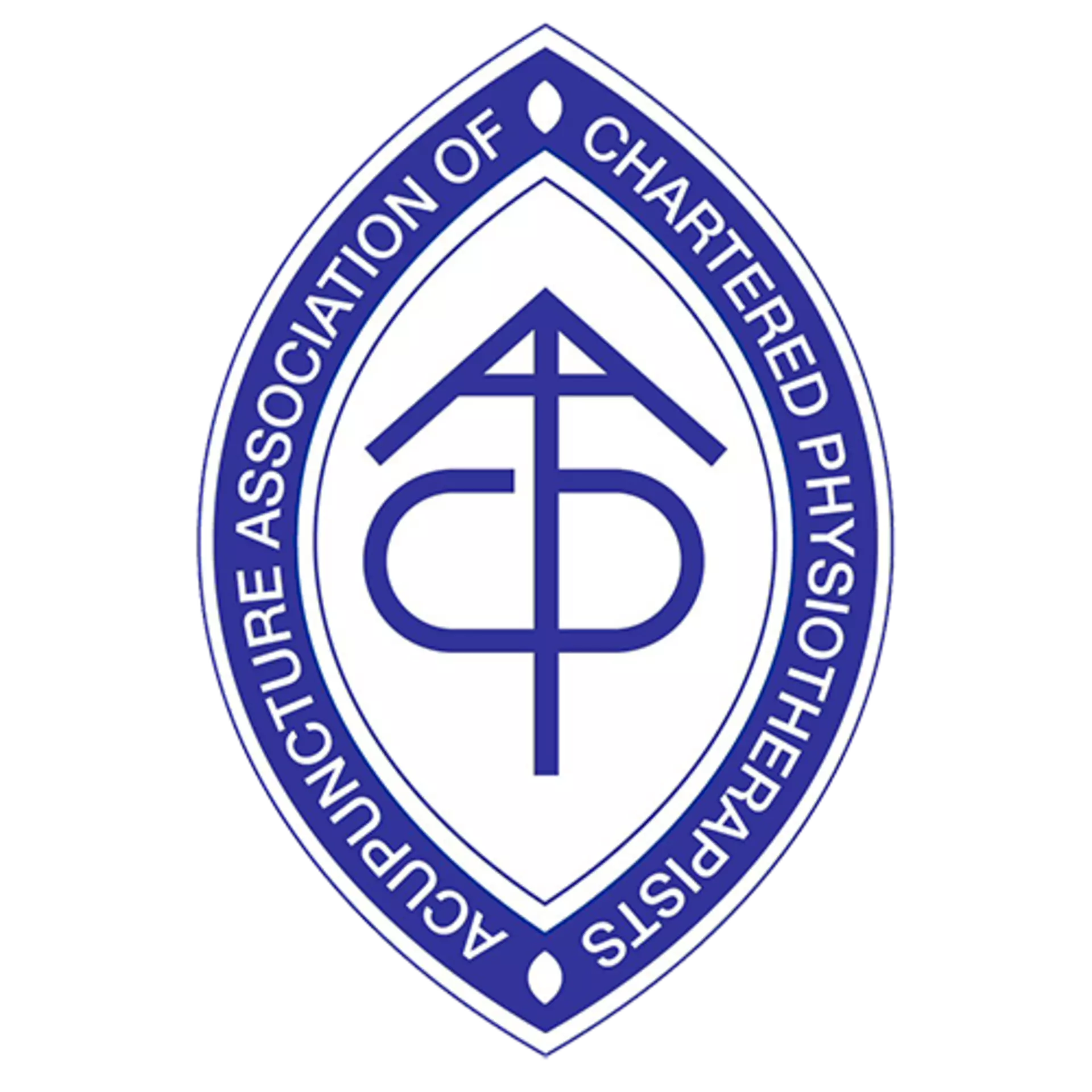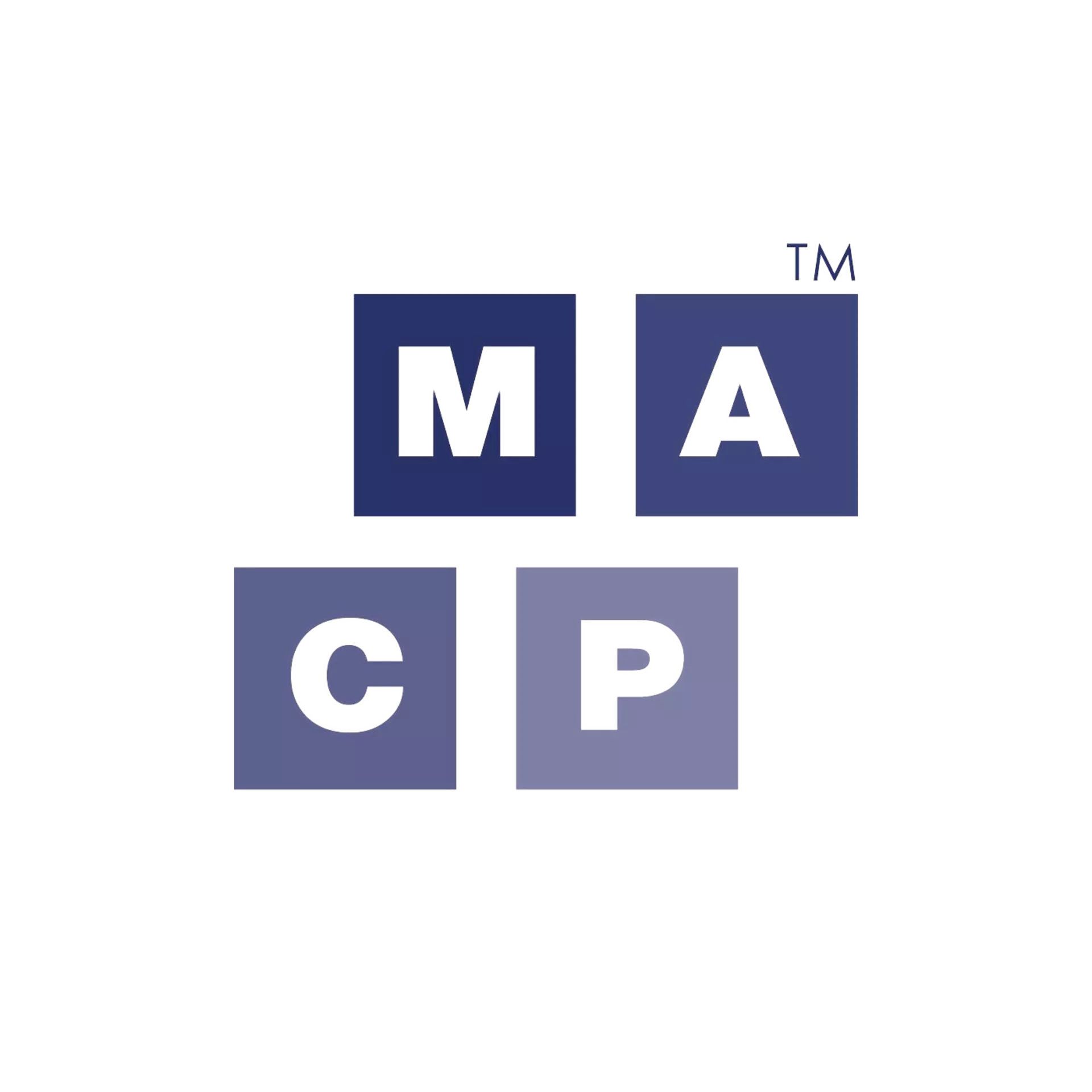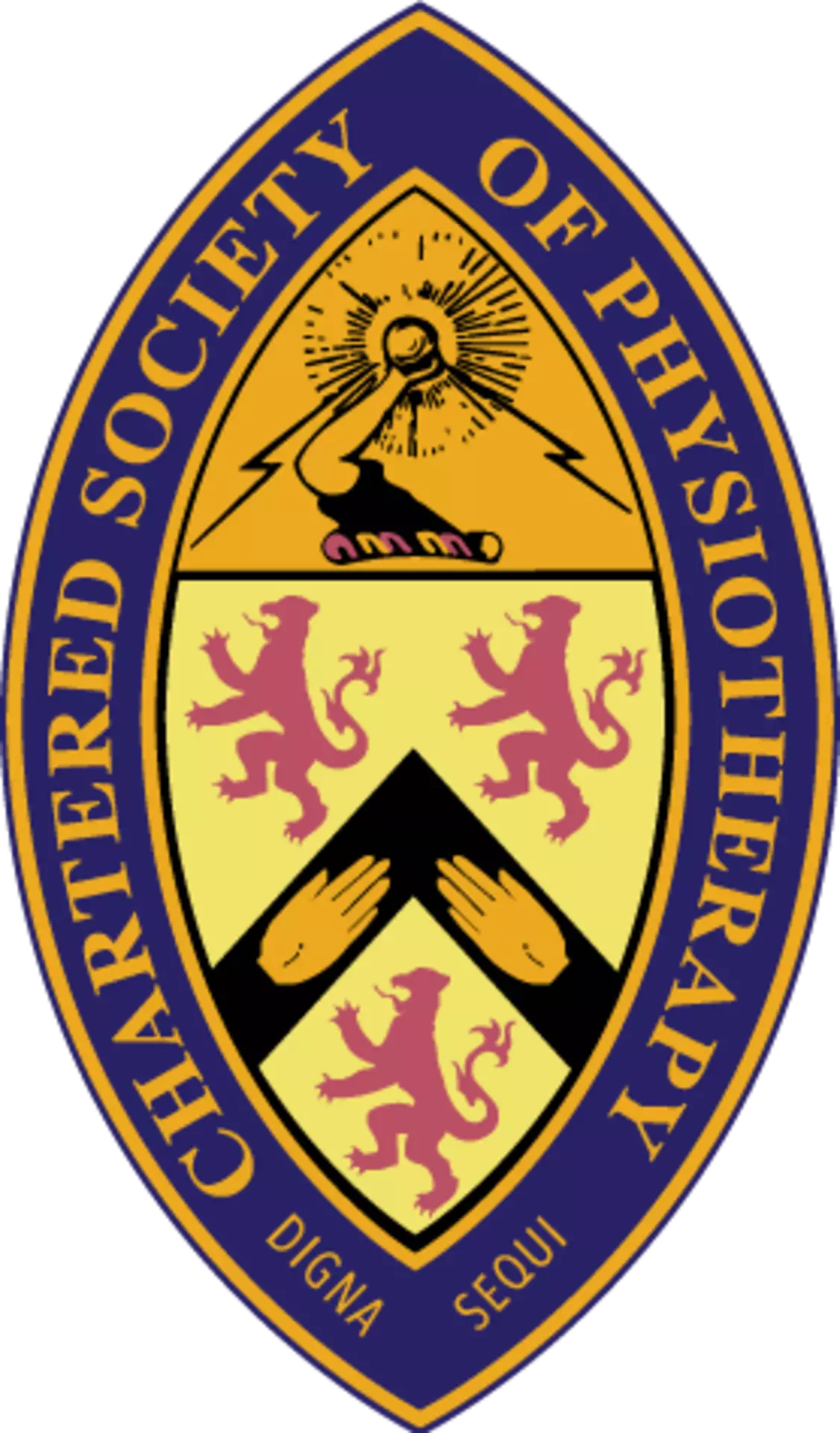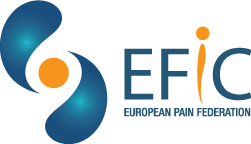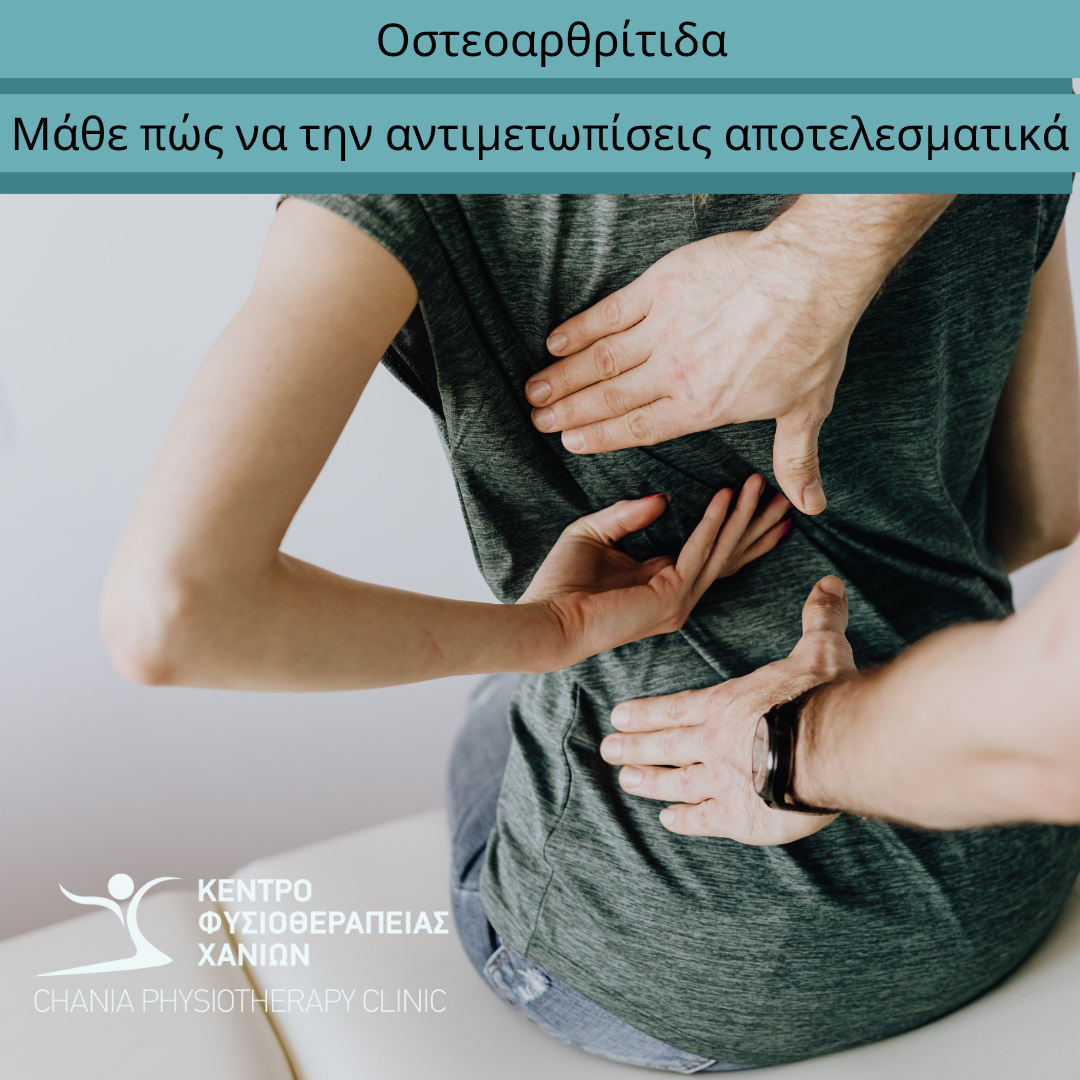
By Zacharias Sifakis & Charalampos Bolis
Osteoarthritis (OA) is one of the most common and chronic joint conditions.
It causes degeneration of the cartilage — the “cushion” that protects the bones and allows smooth, pain-free movement.
It appears most often in the knees, hips, and hands, and affects more than 300 million people worldwide (Fransen et al., 2015).
Its prevalence increases with age, obesity, and low levels of physical activity (Conley et al., 2023).
🔹 What Causes Osteoarthritis?
OA develops when the natural balance between cartilage wear and repair is disrupted.
When the degeneration process outweighs the repair process, the cartilage thins, the bones rub against each other, and pain appears (Conley et al., 2023).
The main risk factors include:
• 🧓 Age
• 👩🦰 Gender (women are more often affected)
• ⚖️ Obesity
• 🧬 Heredity
• 🤕 Previous joint injury (van Doormaal et al., 2020)
🔹 What Are the Symptoms?
The most common signs of OA include:
• Pain and stiffness, especially in the morning
• Swelling (edema)
• Joint deformity
• Reduced range of motion
• Difficulty performing simple daily activities, such as:
o walking,
o climbing or descending stairs,
o sitting down or standing up from a chair,
o standing for long periods or getting dressed (Raposo et al., 2021).
💪 Movement Is the Best Medicine
Although there is no drug that can “cure” OA, there are many effective ways to control the symptoms and maintain joint function.
Scientific evidence shows that the following approaches are the most beneficial:
1️⃣ Therapeutic Exercise
Exercise is the first and most important line of treatment for OA (Fransen et al., 2015; Raposo et al., 2021).
It may include:
• Aerobic activities (e.g. walking, cycling)
• Strength and resistance exercises
• Holistic methods such as Clinical Pilates and Tai Chi
A personalized exercise program, with gradual progression in intensity and duration, has been shown to improve strength, reduce pain, and increase mobility.
Even home-based or online programs have demonstrated excellent results (Mao et al., 2024; Si et al., 2023).
👉 Read more about the importance of exercise here
2️⃣ Manual Therapy
Manual Therapy techniques help reduce pain and improve range of motion, especially in patients with knee or hip OA (Tsokanos et al., 2021).
Combining Manual Therapy with therapeutic exercise provides better outcomes than either approach alone (Sampath et al., 2015).
3️⃣ Patient Education
Education is a key component of treatment.
When patients understand what OA is, how it affects daily life, and what they can do to manage it, they gain greater control and confidence (Conley et al., 2023).
4️⃣ Weight Management
Losing 5–7% of body weight can significantly reduce pain and improve function, especially in overweight individuals (van Doormaal et al., 2020).
5️⃣ Medication
In some cases, the physician may recommend non-steroidal anti-inflammatory drugs (NSAIDs) for short-term use to help manage pain (Conley et al., 2023).
6️⃣ Surgical Treatment
Surgery (e.g. joint replacement) is considered only when conservative methods fail and the pain severely limits quality of life (Gademan et al., 2016).
🏥 How Physiotherapy Can Help
At Chania Physiotherapy Clinic, every patient is assessed individually, and a personalized rehabilitation program is designed, combining:
• Therapeutic Exercise
• Manual Therapy
• Education & Guidance
Our goal is to:
• reduce pain,
• improve mobility,
• strengthen muscles and stability,
• and help each person return to an active, pain-free daily life.
👉 Movement is medicine. With the right physiotherapeutic guidance, OA can be managed effectively — and quality of life can be significantly improved.
📚 References
Authors:
Zacharias Sifakis, BSc, OMT, MHCPC, MAACP, MMACP, CGIMS — Specialist Physiotherapist in Musculoskeletal and Sports Rehabilitation Charalampos Bolis, MSc, BSc, MT — Physiotherapist specialized in Sports Physiotherapy, Pilates Instructor
Chania Physiotherapy Clinic
Chania – Kalyves – Palaiochora
🌐 www.chpc.gr | 📞 +30 28210 58711
